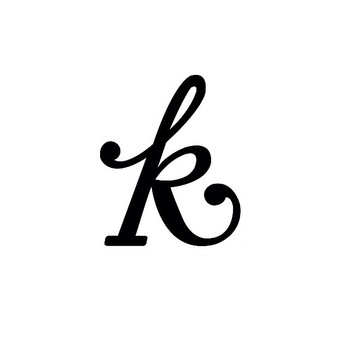Question #08059
1 Answer
Jan 2, 2018
That's because, in this case, more pressure means more gas particles colliding with the surface of the cylinder.
Explanation:
Let's look at the ideal gas equation:
If volume (v) and temperature (T) are constant and R is the ideal gas constant which is always constant, then the only thing that could allow the pressure (P) to vary and have different numbers would be the amount in moles (n) or number of gas particles.
so the more pressure, the more gas particles.
Hope this helps!

